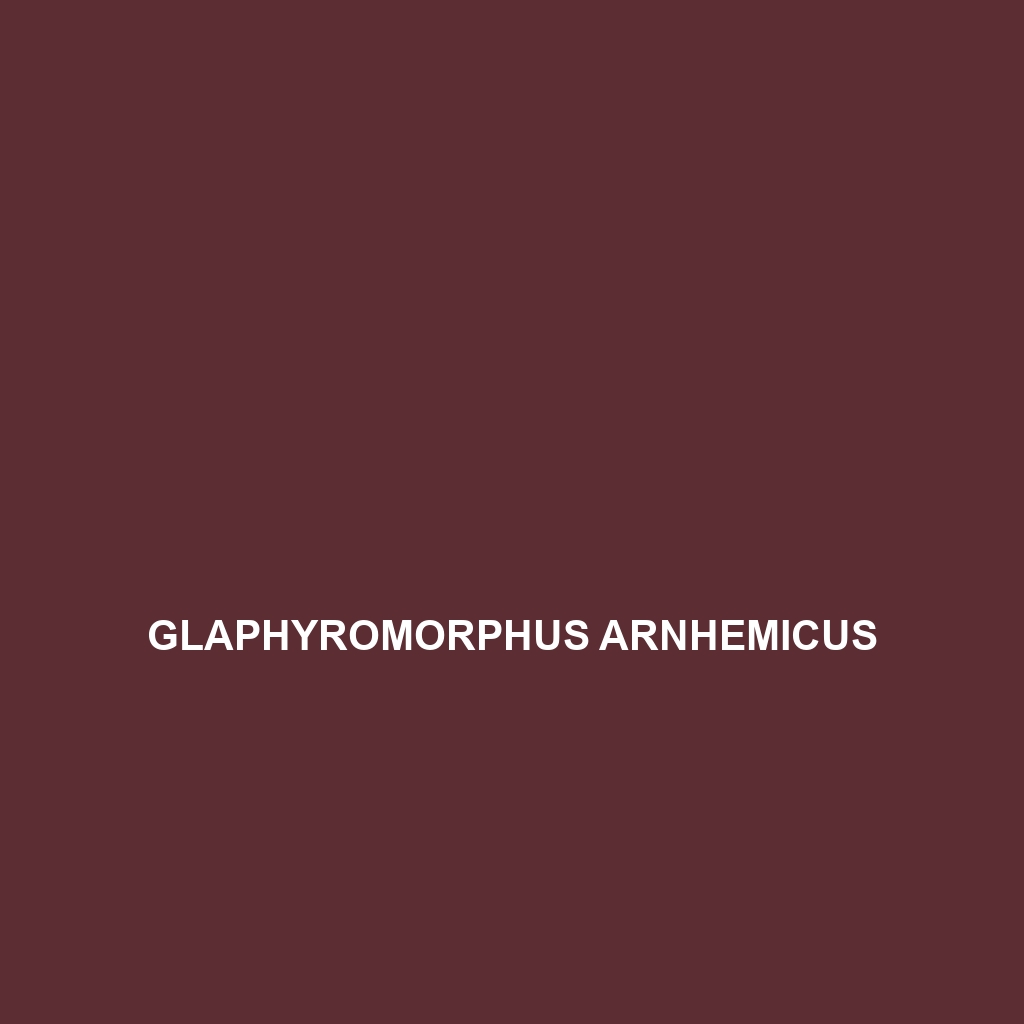Garnot's Gecko (Hemidactylus garnotii) is a nocturnal, insectivorous lizard native to tropical and subtropical regions of Southeast Asia, known for its distinctive brown and gray coloration, large expressive eyes, and remarkable ability to regenerate its tail. This adaptable species thrives in diverse habitats and plays a crucial role in controlling insect populations while exhibiting unique mating behaviors and vocalizations.
Tag: insectivorous diet
Hemidactylus eniangii
Hemidactylus eniangii, a striking gecko species from the humid rainforests of Western Africa, features a flattened body measuring 10-15 cm, large eyes for excellent night vision, and adhesive toe pads for climbing. Primarily nocturnal and insectivorous, this gecko plays a vital role in its ecosystem by regulating insect populations and serving as prey for larger animals.
Hebius frenatus
Discover the striking Hebius frenatus, or striped snake, a slender, nocturnal species inhabiting Southeast Asia's rainforests and temperate forests. Recognizable by its vivid light-colored stripes on a dark body, this insectivorous snake plays a crucial role in its ecosystem, regulating insect populations while serving as prey for larger animals.
Goniurosaurus yamashinae
Discover the Goniurosaurus yamashinae, or Yamashina's gecko, a nocturnal inhabitant of Japan's subtropical forests, known for its striking coloration, robust body, and unique tail regeneration ability. As a vital predator, it helps maintain ecosystem balance by controlling insect populations while facing conservation challenges due to habitat loss.
Goniurosaurus toyamai
Introducing the Goniurosaurus toyamai, or Toyama's gecko, a vibrant nocturnal species from the tropical forests of Southeast Asia. With its distinctive dark skin adorned with bright yellow patterns, this insectivorous gecko plays a crucial role in its ecosystem by controlling insect populations while showcasing fascinating courtship behaviors.
Goniurosaurus sinensis
Discover the fascinating Goniurosaurus sinensis, or Chinese Cave Gecko, a nocturnal insectivore thriving in the humid forests of southern China, known for its striking yellow and brown patterns, large expressive eyes, and remarkable tail regeneration abilities. This vulnerable species plays a crucial role in its ecosystem by controlling insect populations and serving as prey for larger predators.
Goniurosaurus kwangsiensis
Discover the unique <b>Goniurosaurus kwangsiensis</b>, or Kwangsi gecko, a medium-sized, nocturnal reptile native to the humid forests of southern China, renowned for its vibrant coloration and remarkable climbing abilities. This insectivorous species plays a vital role in its ecosystem, aiding in pest control while exhibiting fascinating behaviors and adaptations for camouflage and survival.
Gonatodes atricucullaris
Discover the Gonatodes atricucullaris, or Black-capped Dwarf Gecko, a small, nocturnal lizard thriving in the humid rainforests of Colombia and Ecuador, recognized for its distinctive dark cap and vibrant coloration. This agile insectivore plays a crucial role in its ecosystem by controlling insect populations and serving as prey for larger predators.
Glaphyromorphus clandestinus
Discover the Glaphyromorphus clandestinus, or clandestine skink, a slender, nocturnal reptile native to Southeast Asia's tropical rainforests, known for its remarkable camouflage, insectivorous diet, and vulnerable conservation status due to habitat loss. This elusive species exhibits fascinating behaviors, such as tail-shedding for predator evasion and plays a crucial role in its ecosystem by controlling insect populations and serving as prey for larger animals.
Glaphyromorphus arnhemicus
<p><b>Glaphyromorphus arnhemicus</b>, commonly found in the temperate and tropical rainforests of Australia's Arnhem Land, is a slender, nocturnal reptile measuring 20 to 30 cm, known for its striking brown and green coloration and impressive climbing abilities. As an insectivorous species, it plays a vital role in controlling pest populations while contributing to the biodiversity and ecosystem health of its habitat.</p>









